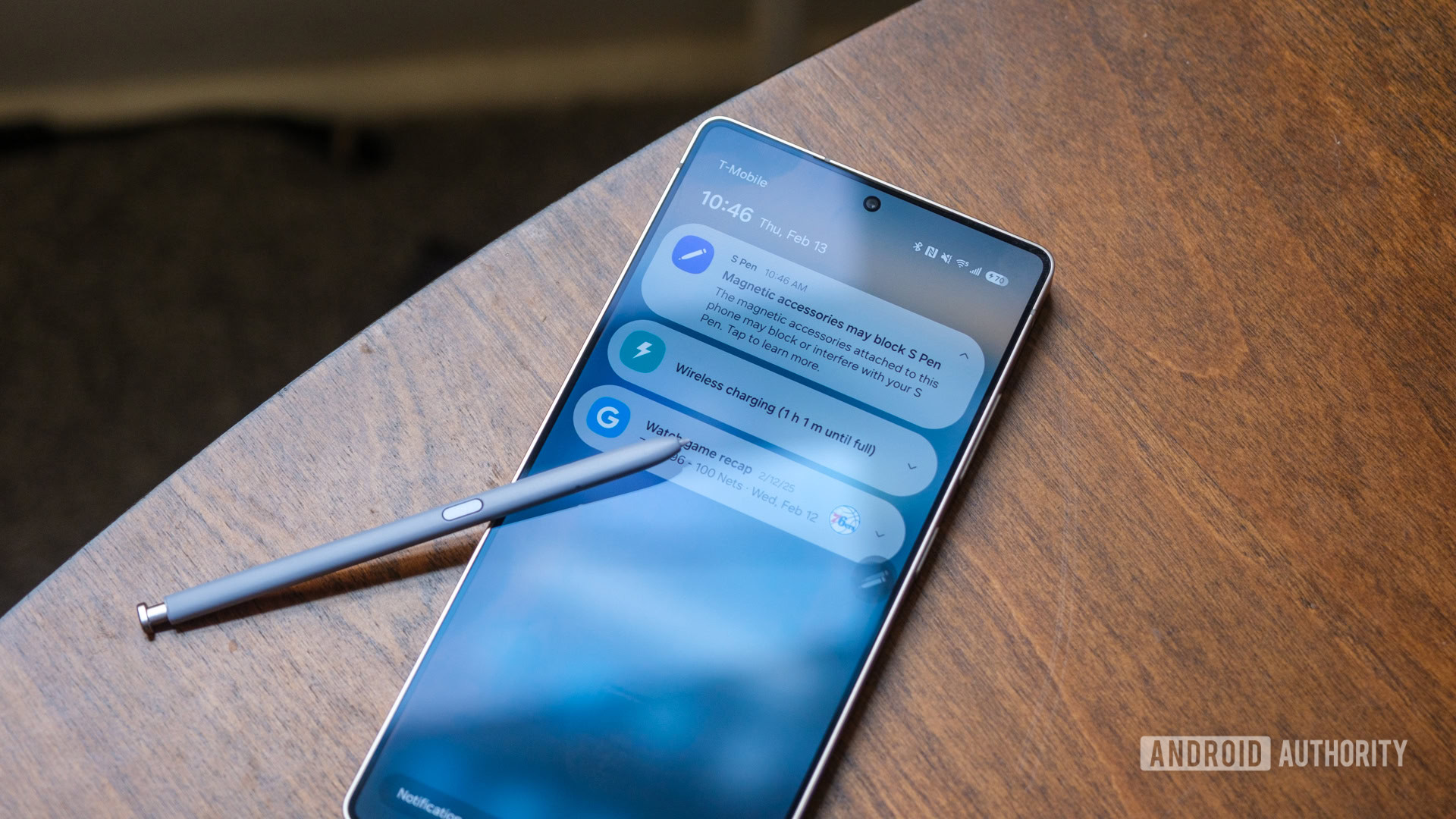In the world of medical technology, breakthroughs often come from unexpected corners.Ilan Rosenberg, a Chilean specialist in maxillofacial prosthetics and founder of ArcomedLab, has established one of the most innovative implant companies in Latin America.In just seven years, his team has created over 800 custom cranial and facial implants using 3D printing, transforming lives in countries that often don’t have access to cutting-edge healthcare solutions.
“We didn’t just want to create good implants,” Rosenberg told 3DPrint.com.“We wanted to create a new standard for care, especially in places where patients are typically left behind.” From Florence to Santiago: A Personal Mission Rosenberg’s journey began not in Chile but in Florence, Italy, where he specialized in maxillofacial prosthetics and was first exposed to 3D printing in healthcare back in 2011.“It was extremely early days,” he says.
“Most people were still trying to figure out what role 3D printing would play in medicine.” By 2013, he was back in Chile, running a dental lab.But something changed in 2018, after he started seeing more patients with complex craniofacial injuries, those left disfigured by strokes, cancer, trauma, or congenital malformations.Many of them were children facing social ostracism and bullying.
That was the turning point.“I realized we had the technology, but we didn’t yet have the systems or the vision to bring it to the people who needed it most,” Rosenberg explains.“In Latin America, especially in public healthcare, patients often don’t have access to the kinds of solutions that are standard in the U.S.
or Europe.We knew we had to build something that didn’t just work—we had to build something that worked here.” The Problem with Titanium, and the Case for PEEK At the heart of ArcomedLab’s work is a biopolymer called PEEK (polyether ether ketone), now considered a gold standard for many cranial and facial reconstructions.Unlike titanium, PEEK is lighter, more elastic, and better tolerated by human bone.
“Titanium is still necessary in load-bearing areas like joints, but for the skull, it causes too many issues, including thermal conductivity, rigidity, and a phenomenon we call ‘stress shielding,’ which damages surrounding bone tissue.” Most global medtech giants, like Johnson & Johnson, Stryker, or Zimmer, already use PEEK, but manufacture it through CNC milling, a subtractive process that generates solid, block-like implants.ArcomedLab took a different route: 3D printing.Ilan Rosenberg.
Image courtesy of ArcomedLab.That wasn’t just a technical decision—it was a democratizing one.“Subtractive manufacturing is expensive.
It made it nearly impossible for Latin American hospitals to access this level of care.With 3D printing, we could control the process, reduce waste, and even replicate the internal structure of human bone,” Rosenberg noted.Their printed implants aren’t just shaped like bones; they behave like bones, featuring a trabecular internal design that mimics the natural scaffold of cranial tissue.
That anatomical realism has helped ArcomedLab stand apart scientifically and clinically.In less than five years, ArcomedLab has provided more than 800 implants across Chile, Mexico, Colombia, and Peru.Many of these were for public health systems that previously had no access to such personalized solutions.
Rosenberg is particularly proud of this: “We didn’t just enter the market.We created the market.There was no public health infrastructure for custom implants in Latin America before we came along.” What’s more, Rosenberg claims the company is among the world’s top manufacturers of 3D printed PEEK implants, a statement that has been backed by international attention.
Hospitals from Israel to Switzerland have contacted him about licensing the technology.Implants That Deliver Drugs One of ArcomedLab’s most revolutionary innovations is its proprietary Droplet Drug Release System, a patented mechanism that allows their implants to deliver antibiotics directly to the surgical site for up to a week after surgery.“It came from a conversation with neurosurgeons,” Rosenberg describes.
“They told us there was no implant on the market that could deliver localized antibiotics.That stuck with me.Inspired by drip irrigation systems used in agriculture, my team and I developed an implant with a hidden inner chamber.
Once placed in the skull, it slowly releases medication via gravity, no wires, no pumps, just controlled release embedded directly in the biopolymer.” The system is now clinically validated and in use in both public and private hospitals, with patents secured in Spain, the Netherlands, Chile, and 23 additional countries.Technology Built In-House What makes ArcomedLab unique isn’t just its implants, but the fact that the entire production pipeline is built in-house, including software and hardware.“No other company has printers that do what ours do,” Rosenberg says.
“We use commercial printer shells, but the internal machinery is all ours; it is custom-designed to meet ISO 13485 medical standards.” The company’s main facility in Santiago features a cleanroom over 60 square meters, making it the only one of its kind in Latin America.Every step is certified and controlled to meet international regulations.And despite its ambition, ArcomedLab isn’t in the business of selling printers.
“We’re not a 3D printing company.We’re a medtech company solving real medical problems.” Scaling via Point-of-Care Printing Rosenberg’s next big idea is to scale by decentralizing production.Instead of building massive factories or shipping implants around the globe, ArcomedLab is rolling out a network of Point-of-Care Labs: satellite printing hubs installed directly within hospitals or clinics.
“These labs are connected to our headquarters in Chile, where we remotely manage and control every print job.Surgeons get the same quality implant as if it were made in Santiago, but locally, and within days,” he says.“This is the future—real-time, localized, world-class manufacturing,” Rosenberg says.
“And it doesn’t stop here.” The first pilot launched inside Chile’s Clínica MEDS, making it the first private hospital in Latin America to fabricate patient-specific implants in-house.A second lab is now running in Colombia, and Mexico is next.Other countries in Central America may soon follow.
A Future Built in Latin America Despite interest from global institutions, including a pending U.S.Food and Drug Administration (FDA) process in the U.S., ArcomedLab remains focused on Latin America.“We could have easily gone to the U.S.
or Europe first,” Rosenberg says.“But we’re committed to proving that world-class innovation can be born and scaled from Latin America, not just imported into it.” With hundreds of lives changed, an international patent portfolio, and a pipeline of new implant types, from sternums to spines and limbs, it’s really hard to argue with his vision.“People used to ask, ‘Why Chile?’” Rosenberg concludes.
“Now they ask, ‘How did you do it from Chile?’ And I tell them: by never lowering the standard, and by believing that we didn’t have to wait for someone else to solve our problems.We could do it ourselves.” Subscribe to Our Email Newsletter Stay up-to-date on all the latest news from the 3D printing industry and receive information and offers from third party vendors.Print Services Upload your 3D Models and get them printed quickly and efficiently.
Powered by FacFox
Powered by 3D Systems
Powered by Craftcloud
Powered by Endeavor 3D
Powered by Xometry
3DPrinting Business Directory
3DPrinting Business Directory








